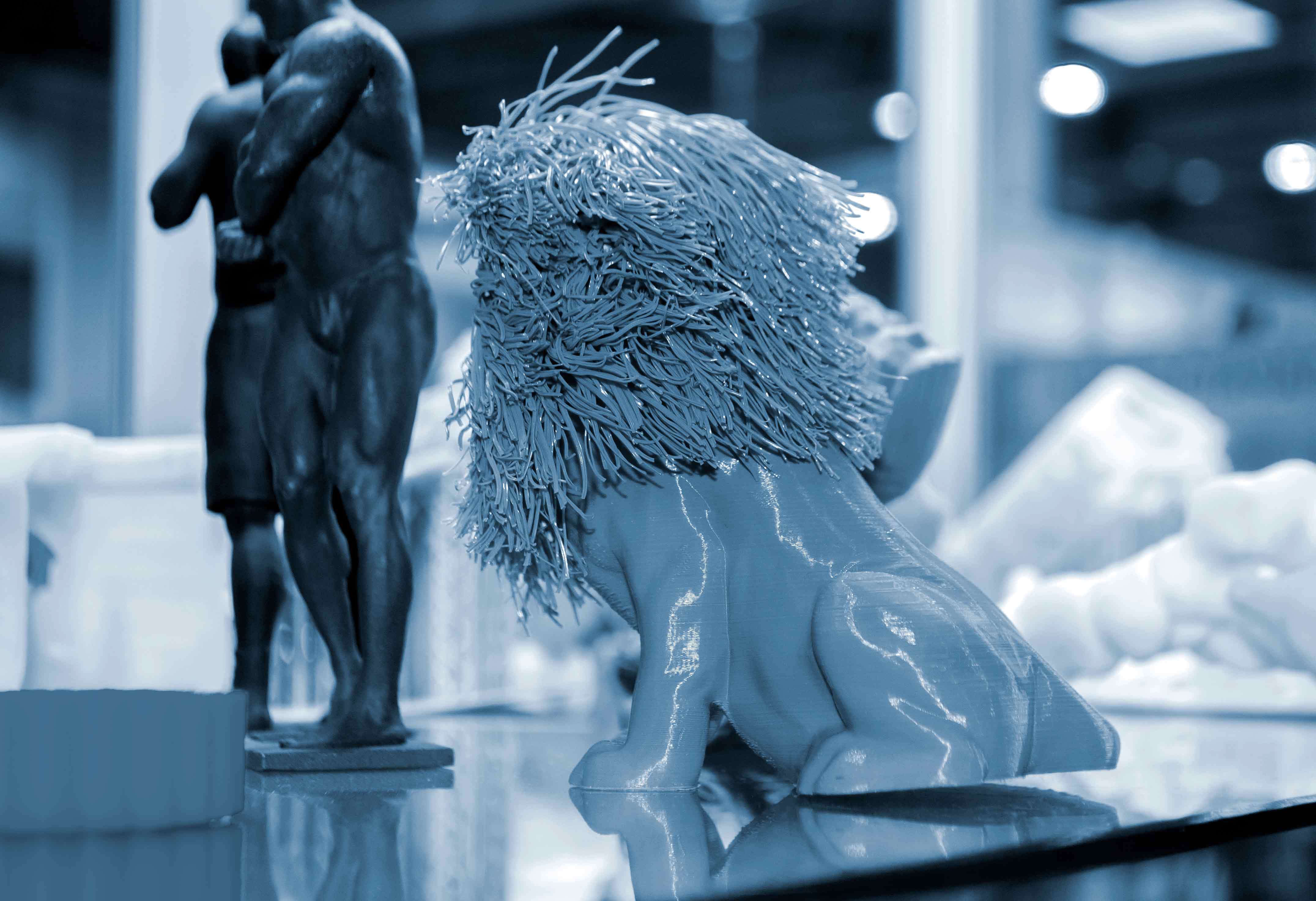The main differences between 3D-printed metal parts and CNC-machined metal parts lie in their manufacturing processes, material properties, precision, and design capabilities.
Manufacturing Process
● 3D Printing: An additive process that builds parts layer by layer from metal powder or wire.
● CNC Machining: A subtractive process that removes material from a solid block to shape the final part.
Material Properties
● 3D Printing: Can sometimes use weaker material approximations, although advancements are improving this aspect.
● CNC Machining: Delivers the full properties of engineering materials, with parts generally exhibiting higher strength.
Precision and Accuracy
● 3D Printing: Achieves good dimensional accuracy, but high precision can be challenging.
● CNC Machining: Highly precise, allowing for tighter tolerances and better mechanical properties.
Design Capabilities
● 3D Printing: Ideal for complex geometries and internal structures that are difficult or impossible to machine.
● CNC Machining: Has some geometric restrictions but can produce parts in any material that is rigid enough to be cut.
Surface Finish
● 3D Printing: Often requires post-processing to achieve a smooth surface.
● CNC Machining: Provides superior surface quality, with parts often ready for use without additional finishing.
Cost and Volume
● 3D Printing: Generally more cost-effective for small volumes due to minimal setup costs.
● CNC Machining: More cost-effective at higher volumes, with excellent repeatability.












